Digital publishing revolution has turned upside down magazines and newspapers industry, as well as significantly affected book market and changed the perception of academic and kids publications. Now, all these fields are connected by one common factor – the possibility of distribution thanks to digital platforms e.g. mobile apps or online newsstands. The goal is to maximize the potential of the content, reach the wide audience, increase range and revenue. Behind each of the above areas stands a number of digital publishing experts – innovators, successful people, who share their experience and knowledge online. Let’s get to know them!
It would seem that in the era of widespread Internet access, finding any required information is easy, simple and pleasant. Well, it doesn’t resemble staying long hours in libraries and flipping books (it seems like only yesterday!). But is it really easy and fast to get valuable materials thanks to Google research?
We will not argue with the statement that the Internet is an enormous, unlimited source of knowledge. The thing is to know how to use it to find a piece of information which is verified and trustworthy. We all live in the age of multiplicity of data, ubiquitous fake news, quasi-experts’ speeches and paid influencers, where no one checks the source of news before passing it on.
Sheer madness!
The news publishers are one of those who benefit most from these circumstances. They based their business and monetization models (such as paywall and subscriptions) on building loyalty and serving reliable information. Readers surrounded by fake news are ready to pay for high-quality content.
Today, the ability to search and select data is invaluable. It has nothing to do with typing a million terms into the browser and searching various websites for hours – such strategy takes time and doesn’t guarantee success in finding what you are looking for.
Digital publishing knowledge – how to get it?
Good idea to gain knowledge in the field of digital publishing is following specialist blogs. They regularly provide comprehensive knowledge and their authors are usually ready to help by answering the comment or chatting. To stay up to date it is worth following social media channels of these kinds of brands.
An even better idea is to create a list of digital publishing experts, e.g. via Twitter. It allows you to collect all accounts you want to follow in one place, with or without informing these people about it. What next? Check what they publish, be active in the discussions, take as much as you can from their reflections and get inspired by their work.
Digital publishing experts – who are they?
The possibility of publishing content available for everybody with Internet access puts us in danger of calling someone an expert too hastily. Sometimes one article is enough to consider its author the authority in the topic they presented.
No wonder that sometimes it is difficult to distinguish someone who has actual knowledge supported by experience from someone who is merely popular. Creating a list of experts can cause a headache.
Not this time.
To give you a piece of inspiration, we have created a list of 10 digital publishing experts from various areas. What’s important, they are happy to share their knowledge through their websites, blogs, social media or online publications. You’ll find there great stories, an inspiration for your content, curious facts or maybe partners for cooperation.
10 top digital publishing experts you should know
- David Gaughran
- Christoph Niemann
- Samantha Barry
- Roxie Munro
- Paul Bradshaw
- Mary Hogarth
- Brand extensions; such as digital editions, sister publications, books, events, conferences, courses and festivals.
- Copy sales: digital/print magazine sales on the newsstands, subscriptions, along with in-house back issue sales and direct sales to partners/advertisers if appropriate.
- Online content/paywalls: using a micro-payment system to sell additional content.
- Jane Friedman
- Daily blog post email: you receive the full text of each new blog post (this means about 2-4 emails per week).
- Weekly digest: a Sunday summary of new blog posts from the prior week.
- Electric Speed: a special newsletter sent every other Saturday, focused on digital media tools and resources.
- Damian Radcliffe
- Roger Black
- David Chavern

He decided to be his own man. Before – mainly an author of historical fiction, today – guru for writers who want to self-publish successfully. He proves that it’s possible to become a best-selling author without publishing house contribution.
He shares his experience, advice and knowledge thanks to workshops, blog, social media and newsletter full of marketing tips and tricks. His most recognizable books are: “Let’s Get Digital” and “Let’s Get Visible”.
These titles speak for themselves.
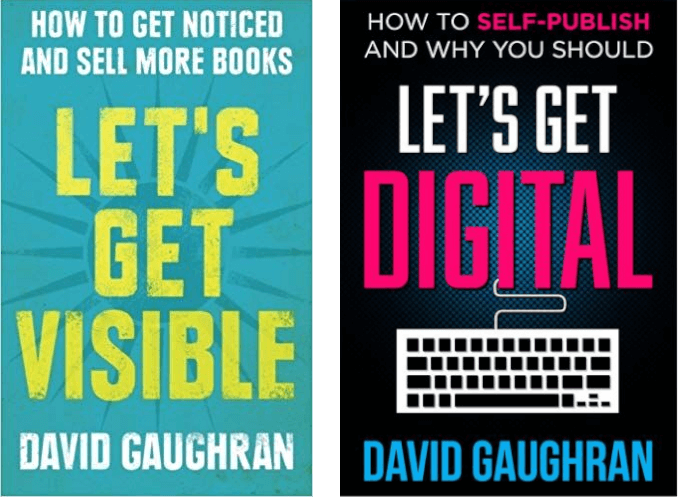
These publications succeeded because Gaughran not only delivers plenty of useful advice, he also describes and explains the changes in the publishing industry, and makes a compelling case for the benefits of self-publishing and going digital.
See what he says about the self-publishing revolution:
Writers have benefitted immensely from this revolution – mostly because they don’t depend on those large corporations anymore to make a living. We can write whatever we like, and sell it to whomever we choose. And we can sell very, very cheaply and still make good money. Writers are lucky in that their production costs are extremely low when compared to musicians, and, especially, filmmakers. The only extras we need are conjured from our imaginations.
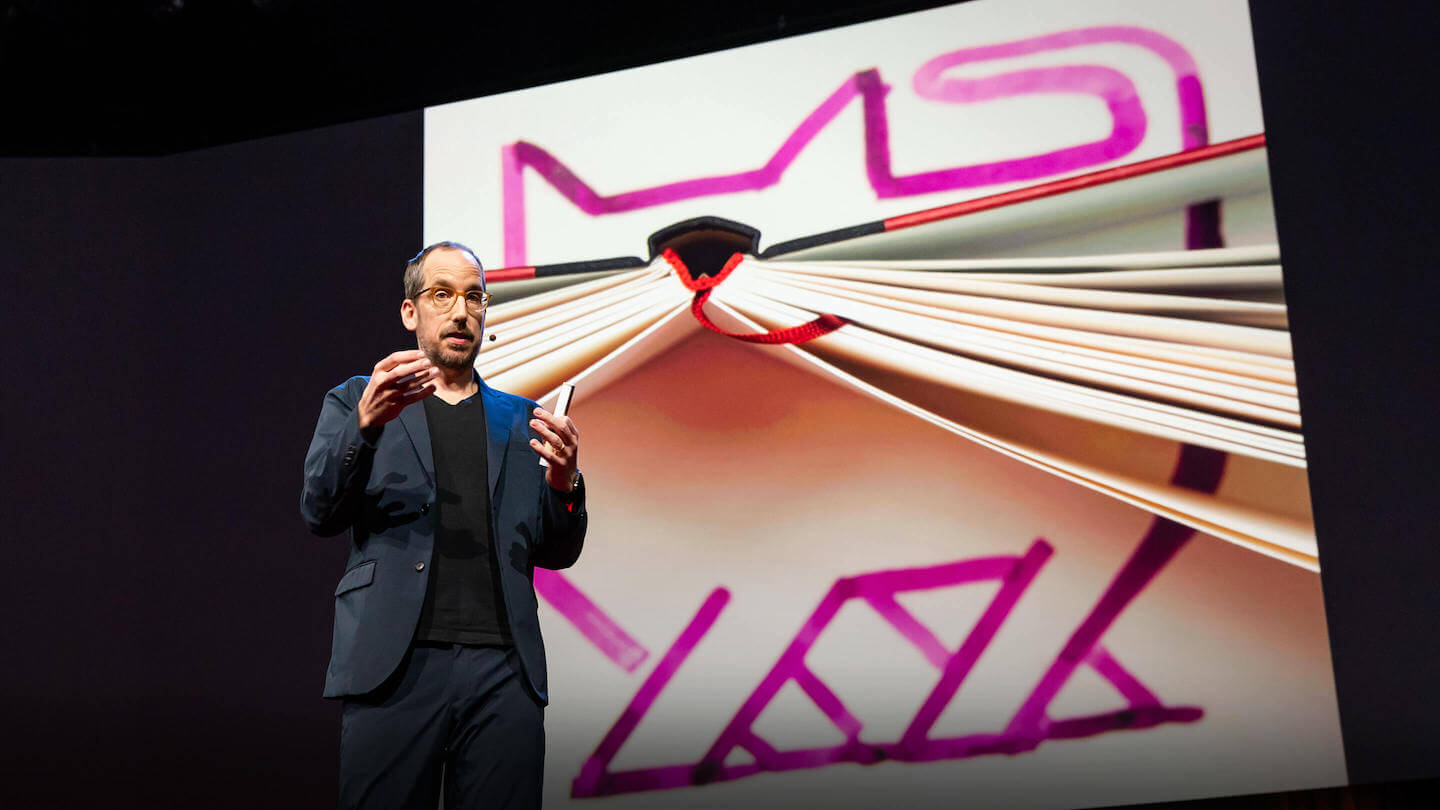
He calls himself on Twitter a “visual storyteller”. When you visit his Instagram or website you’ll understand what he means. A man who describes the world in a language we can all understand – the language of pictures; an illustrator, graphic designer, and children’s book author. The supporter of visually simple solutions that make you think for a good while about what you’ve seen. What’s his solution to achieve success? Making something very complex, then slicing elements away, until you reveal the very essence.
He introduced magazine and newspaper covers design to the digital world by turning them into animations and giving them their own life in the Internet space. Covers he designed for “The New Yorker Times” online issues are pieces of art, telling stories without words and… catching eyes undoubtedly.
What does the digital world give him in return?
Working with sound and movement really expands the possibilities… For the first time since I started working with computers, I really feel there’s media that’s new. Not everything has already been said.
Christoph Niemann is also the author of an interactive picture book for iPad and iPhone entitled “Petting Zoo”. It includes thousands of hand-drawn animation frames.

The trick is that the animated animals in this app react to prodding fingers. Users can swipe or tap the creatures to see how they react: push the rabbit and it stretches towards the edges of the screen or strike the teeth of a crocodile to play a tune.
Don’t miss Niemann’s Ted speeches, even if you’re not a designer, they’re just great.
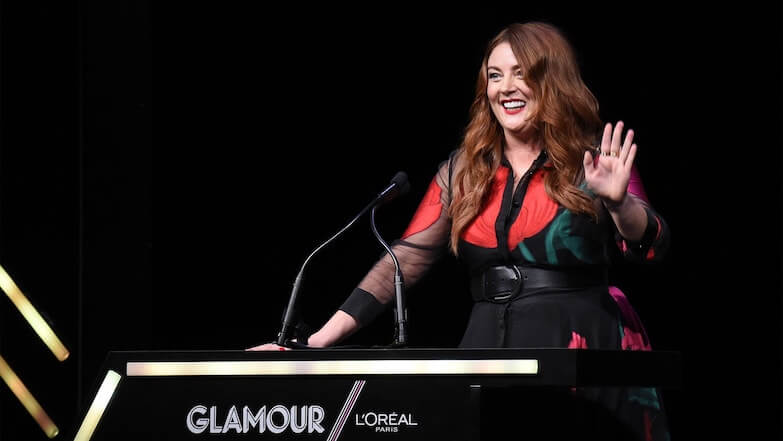
She’s here, not because of running a blog concentrated on publishing, educating authors or achieving success in self-publishing. She’s here because under her editorship, the US edition of the “Glamour” magazine ceased publishing a monthly print edition to focus on a digital-first model. Was it a risky decision or a well-thought-out strategy? It can be inspiring to know what she thinks about online magazine publishing.
As we entered our 80th year of “Glamour” I wanted us to become a digitally-led title (we will still be doing print on occasion) in order to invest and concentrate our efforts where we can grow audience, increase revenue and innovate in our social, video and digital storytelling. I wanted to prioritise the platforms where our audiences are engaging the most with our content. (…) With digital, we can provide these same stories in a more timely fashion. Our readers can access us on a daily basis, instead of only once a month, and we can turn a digital cover around in a number of weeks.
Barry explains that she decided to move the magazine to where her readers are. She claims that digital platforms is the very place where the audience is, and therefore, the place where the growth awaits.

The author, illustrator and book app designer. Her works are directed to children and offer them the interactive exploration experience thanks to seek-n-find, guessing games, mazes, counting, hidden ABCs, and lift-the-flap paper-engineering.
What distinguishes her digital projects?
They are based on games which help kids with concentration, setting goals, problem-solving, working together and collaboration (multiple players option), perseverance, and celebrating achieved goals. Many of them also help to learn decision-making, critical thinking skills, and make the kids think ahead and plan steps in advance.
Her breakthrough project called “Mazescapes” shows how Munro understands the meaning of publishing and the concept of a book. It’s not just about a simple, linear process: write – publish – sell – forget. It’s a complex operation with many elements that go beyond one publication. One idea gives a lot of opportunities. Munro has done six maze books now, three maze apps, and some other fun maze projects, like a giant maze for a cool new product, KIWi (Kids Interactive Walk-in) Storybooks. They are gigantic backdrops that set the stage for learning curriculum through reading and performing original plays and skits in the classroom.
Munro goes a step further in terms of marketing and promotion of their publications and prepares… app trailers. These short videos show how the journey through via apps’ world can look like.
Asked about what is involved in the creation of book apps, Munro answered:
Most important, you must have a good story, idea, or concept. Then the assets – text, art, narration/voice-over, sounds, music – need to be created and have to be of the highest quality.
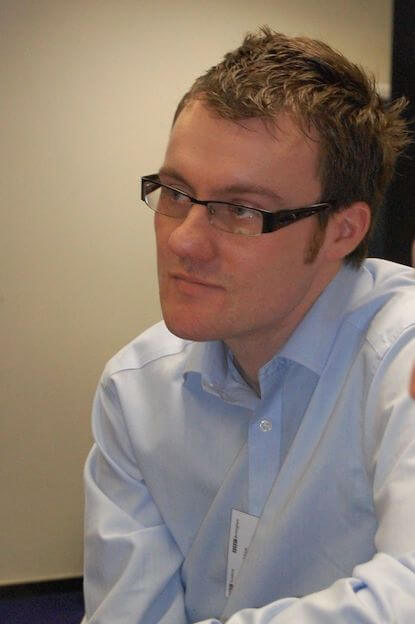
In a word – an expert in online journalist field.
You can ask, what is so special about being an online journalist. The only thing they do is distributing content via Internet, right? Is that really all? Does it mean that we are all online journalists? Well, not exactly. Sharing our thoughts on social media doesn’t make us digital journalists.
It’s much more than we think: using social media for article research, production and distribution, professional blogging and vlogging; SEO knowledge, multiplatform and mobile journalism, crowdsourcing, interactive storytelling, new technologies usage and much more.
Paul Bradshaw is an expert in online journalism, which means that he has extensive expertise in all of the above mentioned areas. For him, in this job, technical skills have to go together with the art of storytelling.
He explains it deeply in his self-published e-books, focused on practicing journalism in the digital world, instructive coverage of the techniques and secrets of being a successful online journalist, the relevance of journalism transformation, and above all, the interlinked relationship between mobile technology, social media and apps, as well as covering the entire news production process.
Everyone who wants to embark on the online journalism journey, run a successful publication, or is a content creator who publishes digitally, should start visiting Bradshaw blog on a regular basis. Saying that this is a mine of information is definitely not enough. You’ll find there comments, analyses and links covering online journalism and online news, data journalism, citizen journalism, blogging, vlogging, photoblogging, podcasts, vodcasts, and all things internet.

A woman who deserves to be called an expert in publishing, for sure. Having accumulated nearly 20 years of industry experience, her breadth of knowledge covers all aspects of magazine publishing: editorial and feature writing, audience research, online strategies, business development. All these you can find on her blog, in her articles and ebook publications.
She’s the author of a guide titled “How to launch a magazine in this digital age?” It describes detailing the process of setting up and launching a new publication – be it digital, print or a combination of both.
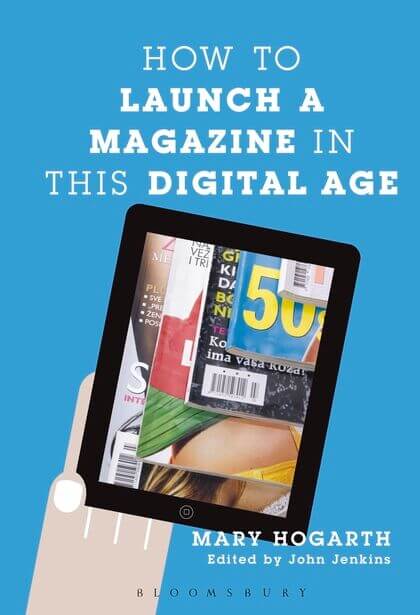
The solution she recommends as successful in magazine publishing is increasing revenue streams.“Those publishing houses that have developed a strong membership, subscription model or multiple revenue streams will be more financially stable,” she says and gives examples of potential solutions among which there are:
She believes that innovation is one of the pillars of making a magazine successful (next to the passion and sound business sense).
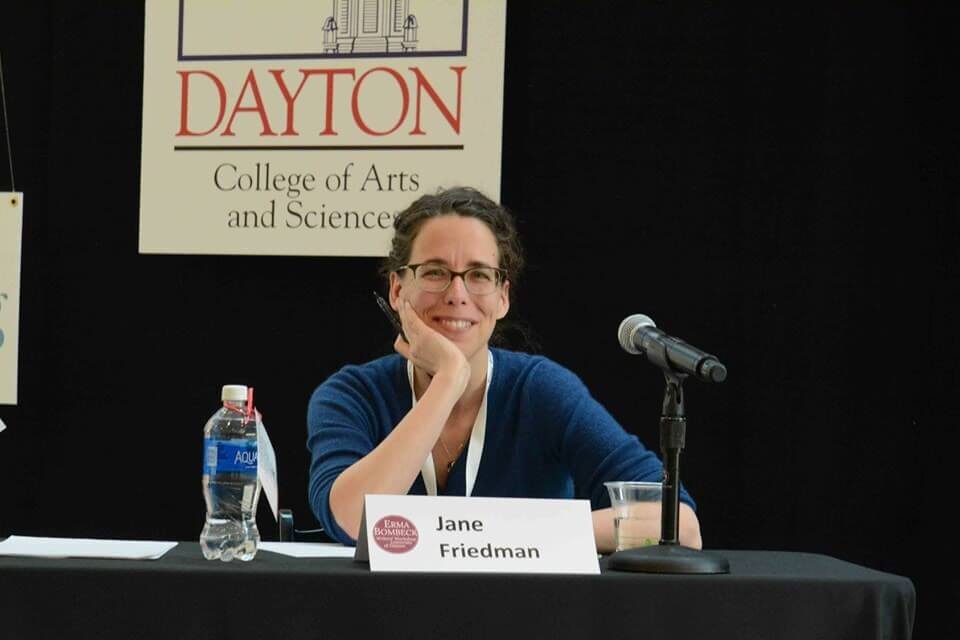
She’s experienced in the publishing industry, with expertise in business strategy for authors and publishers. Friedman appreciates the role and the power of newsletter and runs “The Hot Sheet” project based on regular send-outs of a dose of knowledge. What’s more, she offers three types of newsletter, so you can choose what suits you best:
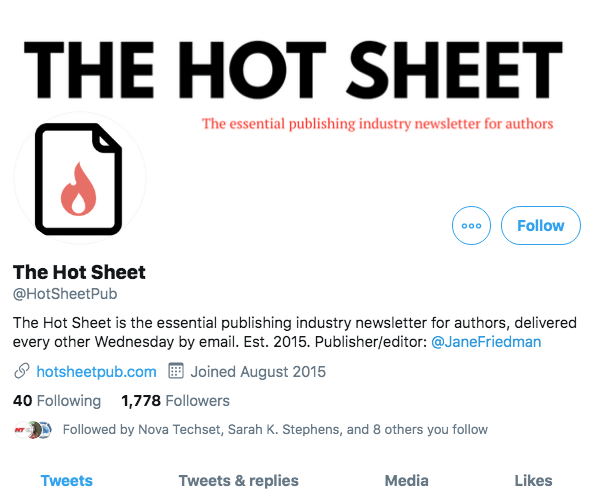
As she wrote about herself, she cares about how the digital age is transforming writing careers, publishing, and storytelling, how the Internet era has affected writers’ livelihoods, how revolutionary change can inspire new business models, and how authorship will ultimately evolve.

If you’re interested in topics such as digital trends, social media, technology, the business of media and the evolution of journalism, you must dive into Damian Radcliffe’s publications on Medium or What’s New in Publishing. They are full of interesting facts, charts and thoughts presented in a readable and nice form. You’ll find there the latest stats related to social media and publishing industry based on data from different places in the world.
Radcliffe also analyzes how new technology has impacted on the publishing industry like usage robots by newsrooms in the future. That’s interesting, isn’t it?
He claims that tech trends — along with others, such as faster mobile networks and more powerful mobile devices — are already beginning to reshape journalism and news media. Their impact will only increase as these technologies, and the behaviors associated with them, become more mainstream.
He also adds that “The digital news revolution has only just begun.” Follow him to know what will happen next.

Roger Black is called “The Master Of Creative Magazine Design” but I think that this term doesn’t give credit to even a small part of his merits regarding publication design.
You probably know the “Rolling Stone” magazine – maybe you can remember the cover with the characteristic font. Roger Black is the man who stands behind it. He came up with a typeface intended specifically for the magazine and gave it a typographical special identity.
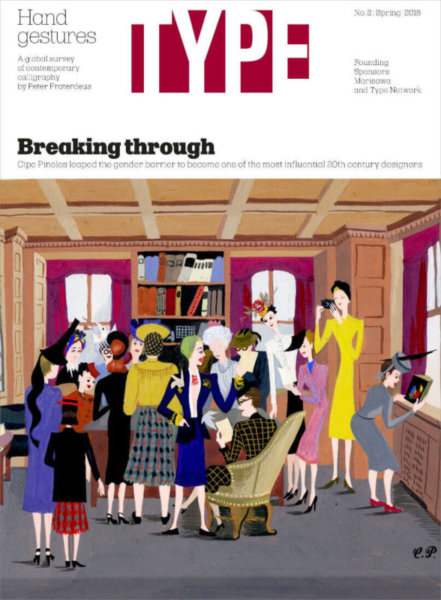
His many years of presence in the publishing business allow him to look critically at the changes that have taken place in the newspapers industry. In one of the interviews from a few years ago he said:
I think newspaper publishers made a major mistake in the late ’90s, at the beginning of the commercial web, when they decided that their business model should be coming from advertisers rather than subscribers.
And continued:
We got to the point where we’re reading newspapers from links, and we’re not paging through and seeing all the ads. You’re not even necessarily aware of what publication you’re looking at. You get a link from a friend and you go there. The pages look quite a lot alike. This led to the fairly rapid growth last year of fake news, where people found they could spoof the look of a news site easily enough to fool people.
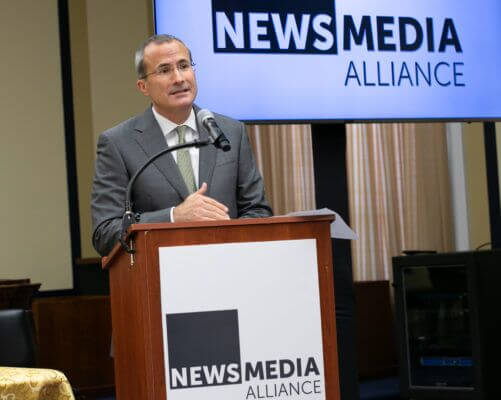
As the President & CEO of News Media Alliance, David Chavern upholds the news’ publishers interests. This organization has under its wings small local newspapers, national publications and international news groups alike, with members including print newspapers, digital-first and digital-only news outlets. Their goals are ambitious: promoting news literacy and consumption of reliable news sources, and helping news organizations large and small find the best ways to adapt their storytelling and business models to the digital era.
On the Internet (Medium, Digiday), you’ll find a lot of Chavern’s articles focusing on the relationship between news publishers and Facebook or Google (with a lot of advice for the first ones). He also claims that the need for quality local news has grown because such news has remained a trusted source. If Facebook will support original content from local publishers would have gained both sides.
What is his advice for news publishers for the future?
We have to change the digital supply chain to allow news to better capture the value it provides. In particular, “content-neutral” digital platforms need to realize that there is no such thing as neutrality — and that news isn’t just “content. It is so much more.
Digital publishing experts – who else?
Choosing only ten specialists related to different sides of digital publishing wasn’t an easy job. I realize that there are a lot of experts out there who deserve to be appreciated and followed.
My goal wasn’t to create a long list with thousands of names. I’d rather wanted to show you that following such people is a great way to get reliable knowledge, get inspired or just read well-written articles and know brilliant projects.
The list is open. Whose blogs do you read? Whose thoughts are inspiring for you? Share with us!
One more thing. PressPad offers digital publishing course – you don’t have to do anything and the knowledge itself goes to your inbox. Just sign up.

